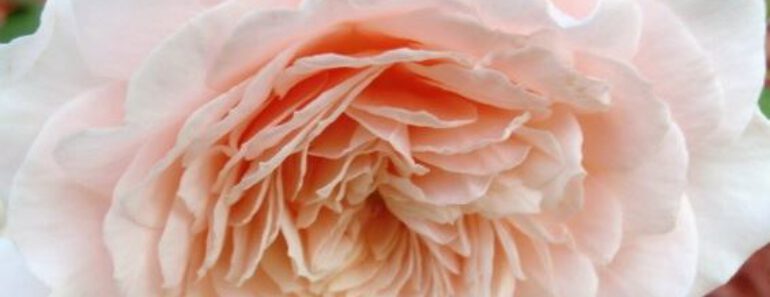

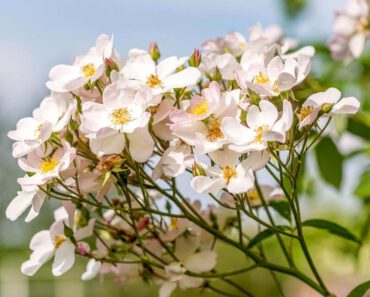
РОЗА FRANCIS E. LESTER. ПЛЕТИСТАЯ РОЗА РОДОМ ИЗ КАЛИФОРНИИ
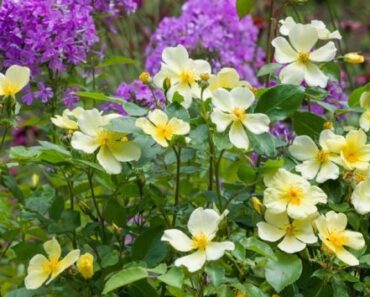
РОЗА TOTTERING BY GENTLY. АНГЛИЙСКАЯ ШРАБ РОЗА Д. ОСТИНА

РОЗА VANESSA BELL
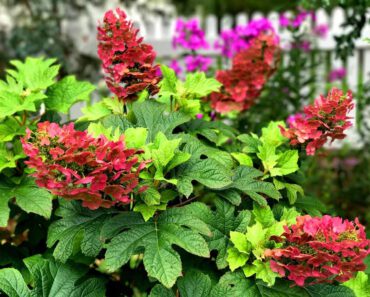
КАК НАЧАТЬ ВЫРАЩИВАТЬ КУСТЫ И КУСТАРНИКОВЫЕ РАСТЕНИЯ
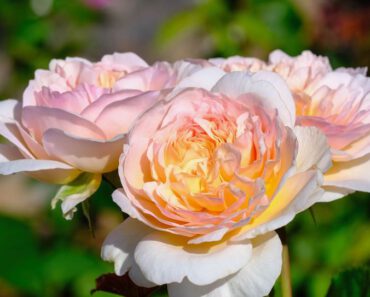
РОЗА EMILY BRONTE
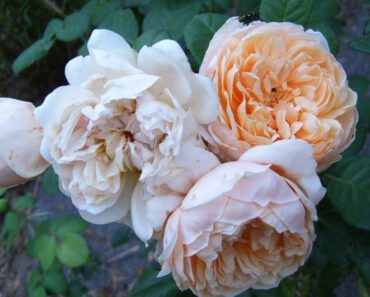
TROILUS — АНГЛИЙСКАЯ РОЗА
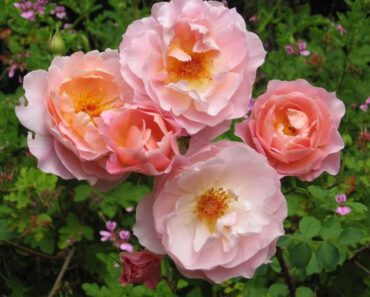
BELLE STORY — АНГЛИЙСКАЯ РОЗА

PERDITA — АНГЛИЙСКАЯ РОЗА
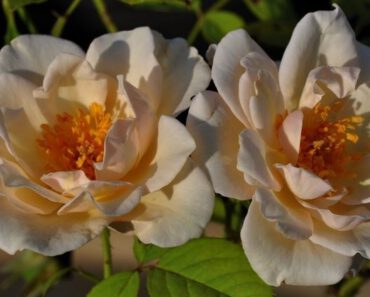
MOONBEAM — АНГЛИЙСКАЯ РОЗА
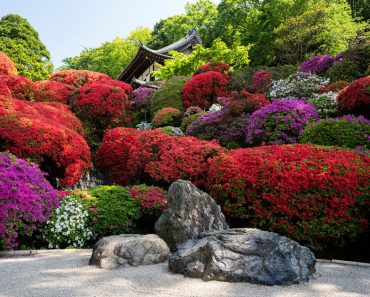
КОМПАНЬОНЫ ДЛЯ РОДОДЕНДРОНОВ И АЗАЛИЙ
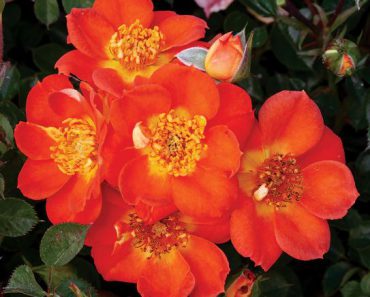
ЧТО ПРОДАЮТ? НОВЫЕ СОРТА РОЗ 2020
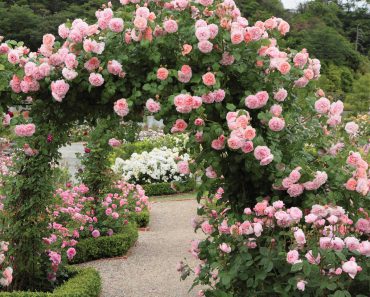
КАКОЙ ДОЛЖНА БЫТЬ ПОЧВА ДЛЯ РОЗ
